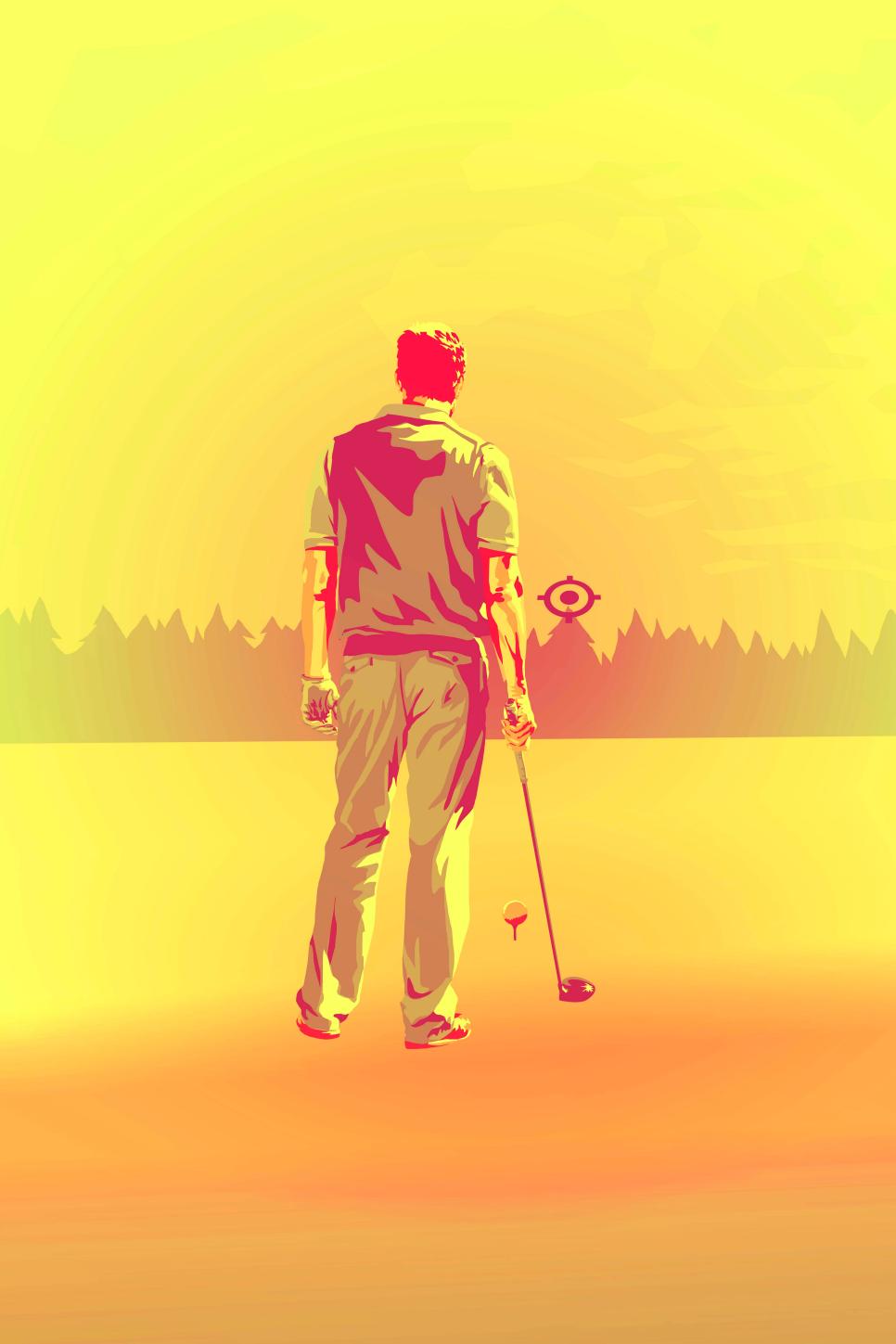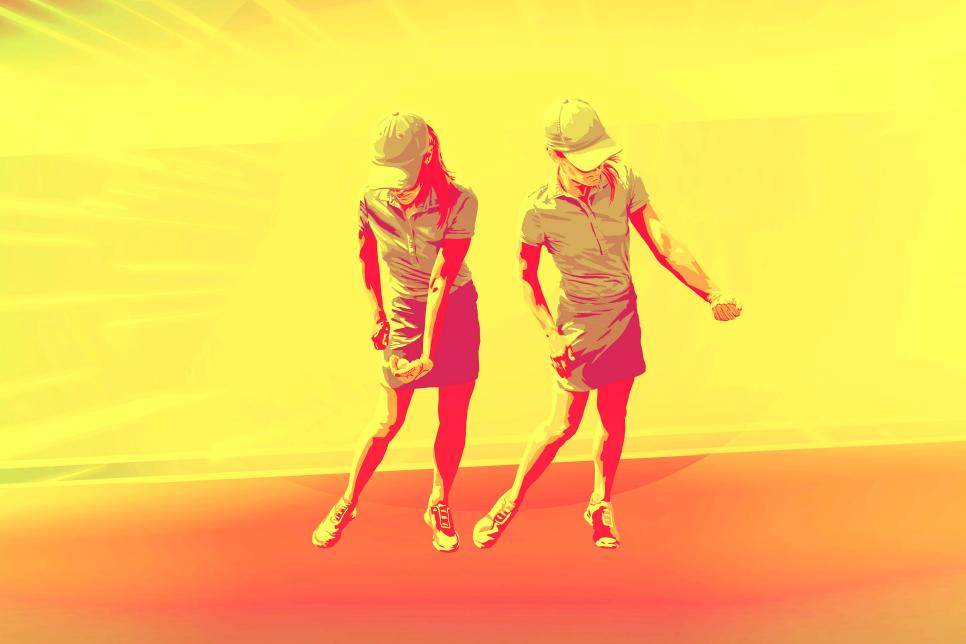Like most things, technology has had a heavy influence on golf instruction. Gone are the days when teachers would have to rely solely on their eyes and ears to resolve issues their students were experiencing. Those senses have been augmented by a myriad of 21st-century gadgets, including force plates, radar, 3D imaging, etc. With that in mind, we asked a half-dozen teachers who made our Golf Digest 50 Best Teachers in America and Best in State lists to provide some advice for the average golfer based on what they’ve learned through technological advances. Here’s what they told us. —Ron Kaspriske
Train your brain to shoot lower scores
Thanks to advances in electroencephalogram (EEG) technology, we know that athletes perform their best when there is low alpha-brainwave activity. It’s known as the “flow state,” and it greatly helps subdue the parts of your mind that interfere with performance. It accentuates your ability to focus on a specific task, such as splitting a fairway or holing a putt. Flow-state training is part of what I work on with Collin Morikawa and other skilled golfers. The good news is, you can train this way, too—and you don’t need to hook any devices to your head to learn how.

Illustrations by Chris Ede
One of the best ways to lower your brainwave activity is called “expanded awareness.” To tap into it, the next time you’re on the range or out on the golf course, I want you to look out far in the distance at one spot. Pick out the top of a tall tree (right) or a chimney—something specific. While looking only at that spot, inhale for two seconds and then exhale for four seconds. Keep breathing this way, and while you’re still focused on that one spot, allow your vision to expand to 180 degrees. This exercise gets you out of your head and puts you in a calm, focused state where everything seems to slow down and the task becomes much easier to complete. —with Ron Kaspriske
RICK SESSINGHAUS is one of Golf Digest’s 50 Best Teachers in America. His Flowcode Golf Academy is in Burbank, Calif.
Lower your dynamic loft for pure contract
Now that we can measure impact conditions with launch monitors, we’re able to clearly see the difference between the strike of a pro versus that of a typical amateur. One thing that jumps off the screen is the difference in dynamic loft. Think of it as “delivered loft,” meaning the orientation of the clubface as it meets the ball.

For full iron shots including distance wedges, technology confirms that most amateurs deliver the club with too much loft into impact when compared to skilled players. Many amateurs attempt to scoop the ball off the turf and leave the face open, which leads to poor contact. To hit your iron shots more like a pro—lowering your dynamic loft—close the clubface earlier in your downswing and have the shaft leaning toward the target as the club meets the ball.
To get a feel for this move, cradle a golf ball in your lead hand and mimic a swing. The goal is have your knuckles down as that hand approaches the ball and remain like that into the followthrough (above). If you have the ball “cradled” with your lead wrist bowed, you’ve got the move to lower your impact loft. Re-create that feeling when you go back to hitting shots off the turf. —with Ron Kaspriske
JOANNA COE is one of Golf Digest’s Best Teachers in Pennsylvania. She is director of instruction at Merion Golf Club in Ardmore.
This article was originally published on golfdigest.com



